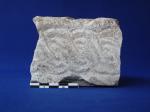
Illustrations
- No uploaded files
Description
- Medieval low relief
- White marble
- 1
- 9.5
- 7.5
- 19.0
- The carved face of AE 1054 is pitted, lightly discoloured and broken on its edges.
- A small fragment of tri-band geometrical interlace that preserves a simple guilloche pattern on one side.
- Guilloche patterns of various kinds (i.e. comprising flat-faced ribbon-like bands, bisected bands, trisected bands) were among the stock patterns of the period. In his discussion of low relief in Liguria, Paolo Verzone points out that the motif was common in Greece and Central Italy already in the seventh century (Verzone 1945, 161). Early examples in Rome include a band below an eighth-century inscription on an architrave from S. Adriano (Stella Arena, et al. 1994, 483–86, IV.2.a–f). Guilloche bands often bordered and delineated patterns within a single slab and filled narrow spaces and interstices. See, for example, several pieces now housed in Rome's Museo dell'Alto Medioevo (Melucco Vaccaro and Paroli 1995, nos 28, 30, 31, 33, 34a, 34b, 35 and 54b) and a well head housed in Berlin's Museum für Byzantinische Kunst (no. 2924, http://www.smb-digital.de/eMuseumPlus?service=ExternalInterface&module=collection&objectId=1485653&viewType=detailView).
- AE 1054 preserves tri-band guilloche patterns similar to AE 1039, AE 1055a, AE 1055b, AE 1168a and AE 1170















![Download [view]](/villamagna/ark//skins/villamagna/images/results/download_sml.png)